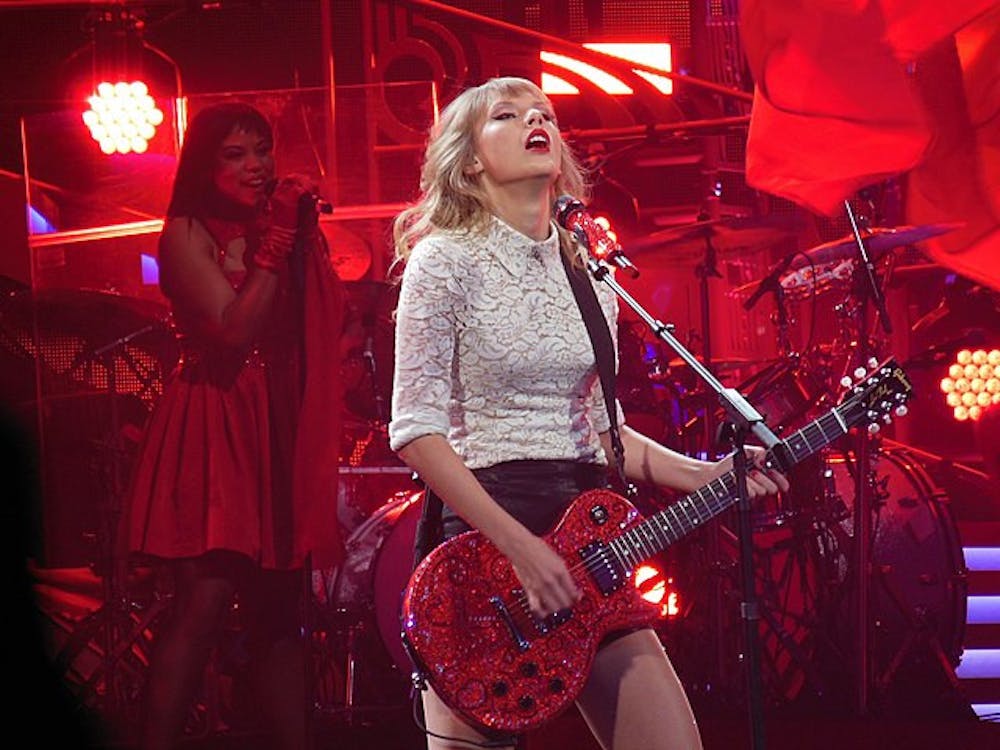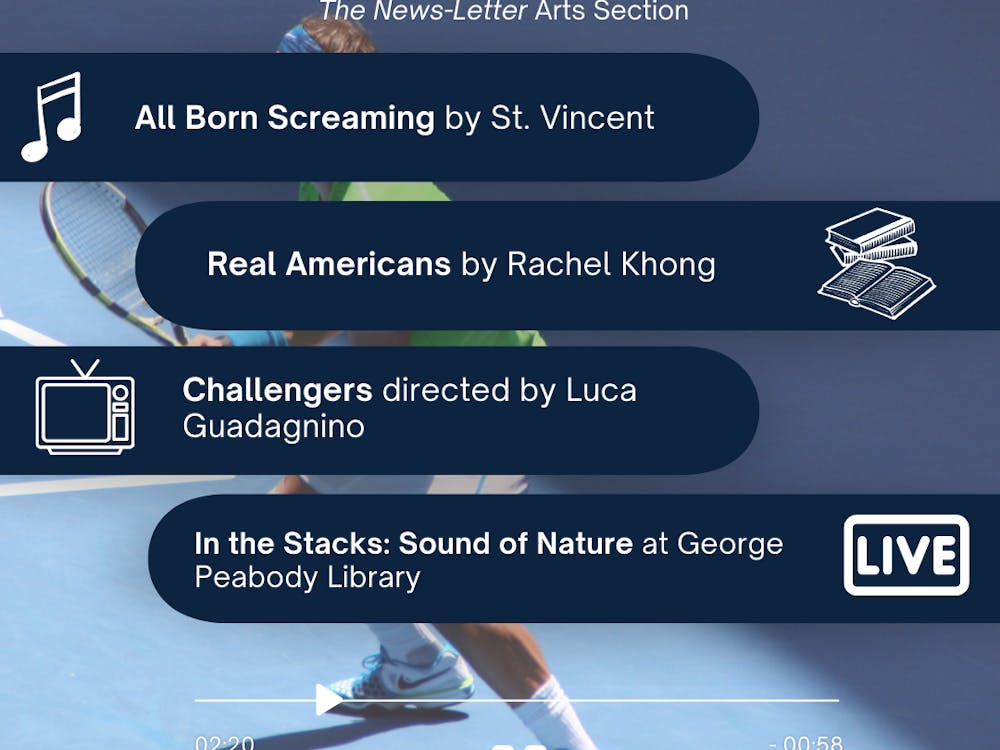On Thursday, Sept. 6 the Baltimore Museum of Art (BMA) held a panel called Exhibiting Black Art at the BMA and Beyond. The panel’s main point of discussion was a current exhibit called 1939: Exhibiting Black Art at the BMA about the lack of black art in museums and the hurdles in the way of exhibiting it.
The exhibit is about the BMA’s first (and one of the country’s earliest) African-American art exhibit, Contemporary Negro Art (1939).
Moderated by Chief Education Officer Gamynne Guillotte, the panel consisted of Morgan Dowty, the curator of the aforementioned exhibit, and Bridget Cooks, an associate professor of art history and African-American studies at the University of California, Irvine and author of the book Exhibiting Blackness.
The conversation began with an introduction to the current exhibit and the context of the original Contemporary Negro Art exhibit. The original exhibit displayed 116 works by 29 African-American artists.
It was born out of the contemporary museum directors’ desire to become relevant to the city of Baltimore instead of an elite institution inaccessible to Baltimoreans.
Civil rights activists like Vivian Cook, Lillie Mae Carroll Jackson, the president of the National Association for the Advancement of Colored People (NAACP), Carl Murphy, the editor of the newspaper Afro-American, and other influential members of Baltimore’s black community, worked to achieve this goal. They set out to discover what kind of art would truly represent and relate to black life.
The exhibit, funded by the Harmon Foundation, was organized with Alain Locke, one of the loudest voices of the Harlem Renaissance. Cooks described the exhibit as a forward-thinking vision of black power.
“[The exhibition was a] moment of pride for the museum and the black Baltimorean community,” Cooks said.
1939 revisits this time, displaying a few of the original artworks from Contemporary Negro Art. It explored not only the context of this significant point in the history of African-American art, but also the reaction to that point.
Dowty, when asked about curating this exhibit, said the biggest challenge she faced was collecting original artworks from the 1939 exhibit since the BMA never actually bought any of them. This fact explains why the current exhibit only displays the work of seven of the 29 artists that were featured in the original exhibit.
Cooks pointed out how the museum’s choice not to buy any pieces from the well-received exhibit (which attracted a whopping 17,000 attendees in the span of 17 days) sent mixed messages. On one hand, the museum wanted to prove its relevance to the black community, but on the other it showed a lack of commitment to a long term representation of black art.
1939 represented the BMA’s renewed mission of becoming more inclusive. However, it also pointedly reflects on the lack of progress in the exclusive world of art, which still remains dominated by white men.
Guillotte remarked that 1939, an exhibit whose ideas the museum considered revolutionary despite the fact that these ideas were first applied 70 years ago, is a “cautionary tale” of the cyclical nature of institutional efforts toward inclusivity. The Harlem Renaissance in the ‘20s and the Chicago Black Renaissance in the ‘30s and ‘40s were touted as a revolution for black artists.
The late ‘30s and ‘40s saw an unprecedented rise in black-art exhibits all over the country at places like The Museum of Modern Art and the Art Institute of Chicago.
Yet, all these years later, black art continues to be displayed only in segregated group shows (either voluntarily by patrons of African-American art or involuntarily by museums, which refuse to show it as anything but a constrictive political statement) or monographic shows that focus on one artist but often reduce their work to their racial struggles.
This led to a discussion about black artists flattening art into almost exclusively racial statements and the purpose of black art in the community itself. Locke, the co-organizer of Contemporary Negro Art and founder of the New Negro Movement, called on black artists to make works about black life and rural art.
Acclaimed artist James Porter, something of an academic rival of Locke’s, found this approach reductive and excluding. He believed that art doesn’t have to be revolutionary and that black artists should be allowed to make art without the burden of making political statements.
Cooks sympathized with artists who side with Porter in this debate; these artists do not wish to exhibit their work in segregated group shows but have no other choice because it is the only way their work can get exhibited. Her solution to this dissonance was “more shows!” Later, when asked by an audience member if black art will ever be normalized and not just be part of a historic “moment,” Cooks said that she is quite pessimistic about the chances of it happening any time soon.
Guillotte and Dowty commented that while there has been a push for more art by people of color in recent years, it has only been due to the efforts of young people of color or a few white people in positions of power in museums and influential art circles. These people, however, continue to feel alienated by the older community’s unwillingness to change. As a result, those who push for art by people of color often leave these elite monolithic institutions. They claim that real change will only occur when the institutions themselves rally for representation of artists from all backgrounds.
An interesting development in the panel discussion was finding out that Leslie King-Hammond, a “goddess” in the world of black-art according to Dr. Cooks (and incidentally a Hopkins alum), was in the audience. The inspiring leader, who was a trail-blazer in many Black and female art movements, talked about the many struggles she had to face as a Black woman in the exclusive art community. She celebrated the presence of three women on a stage discussing the need for black representation in the arts and congratulated them on their strength and ability to cause change and be a voice for the minority.
She was hopeful for the future of black art, showing that while we have quite a long path to equal representation of artists of all races and genders, we have come a little ways from a single woman struggling to break into the world of art.















Please note All comments are eligible for publication in The News-Letter.